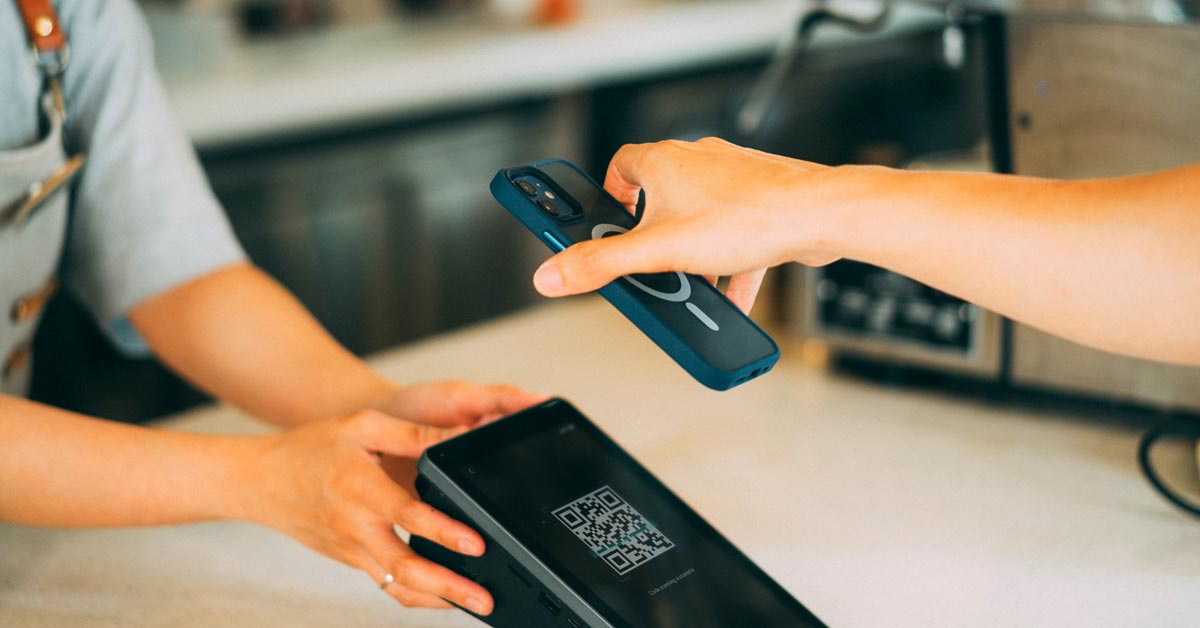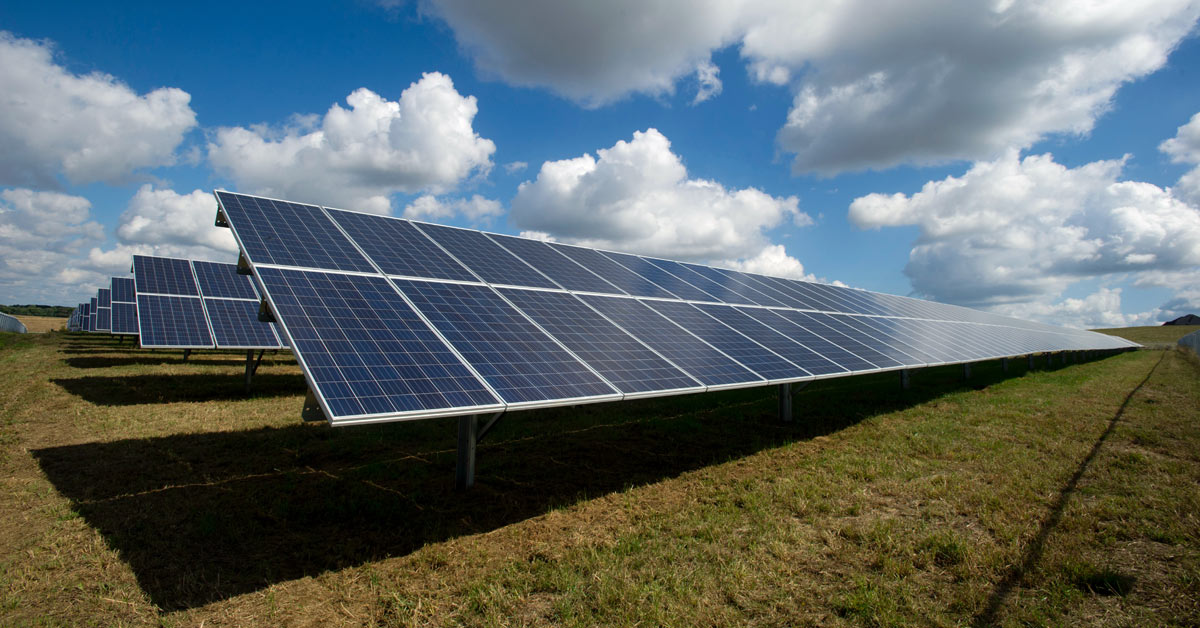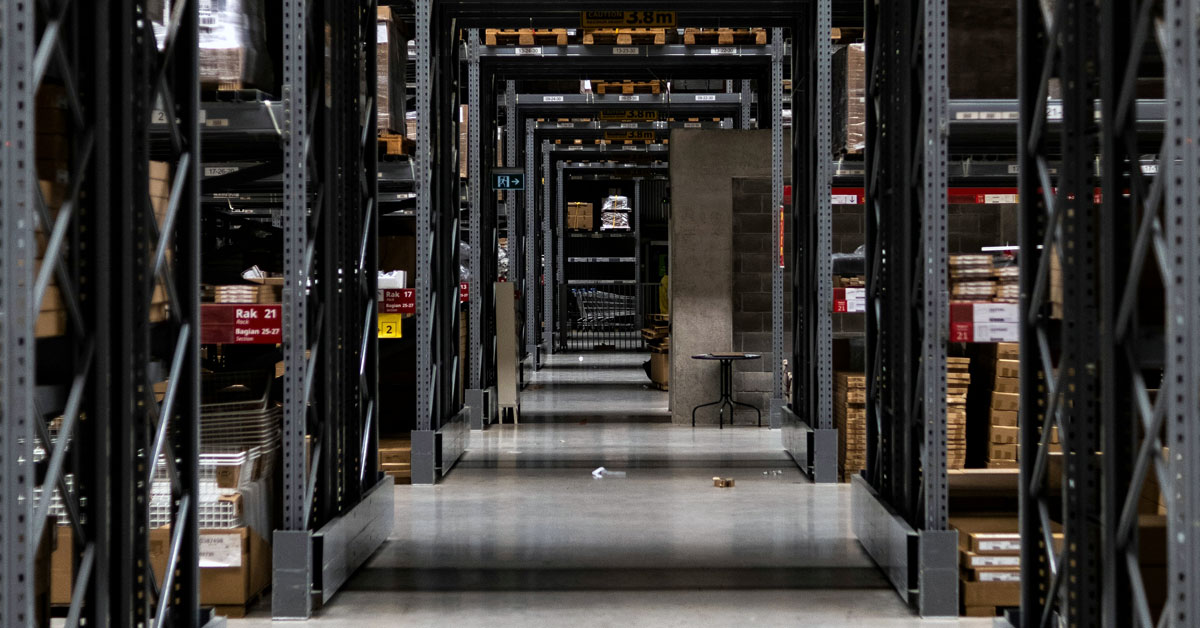How does mobile payment impact the way customers settle their bills in restaurants, and what are the benefits of adopting mobile payment as a contactless solution?
In this second article in our ‘Integrating Digital Tools in Restaurants’ series, we explore the world of mobile payment and contactless solutions that are rapidly transforming the way customers settle their bills. As the restaurant industry embraces digital advancements, mobile payment stands out as a convenient and efficient method, promising streamlined transactions and enhanced customer retention.
So let’s continue to find out how the world of mobile payment has a significant impact on modernizing the dining experience for patrons.
Mobile Payment (m-payment) and Contactless Solution
As the name suggests, M-payment allows customers to pay for their purchases using a smartphone. A virtual bank card is created digitally within the smartphone. To use mobile payment, customers need a smartphone, an application compatible with their bank, and the ability to bring their mobile device close to a payment terminal at the merchant’s location, for instance.
Until the beginning of 2020, most traditional banks joined the mobile payment trend. While many restaurateurs are still hesitant about this new payment method, its advantages are numerous: speed, ease, customer retention, and it is expected to be one of the major developments in the coming years.
– NFC or Contactless Payment
NFC payment allows customers to pay with a compatible NFC-enabled smartphone and a payment application provided by their bank at points of sale equipped with specific payment terminals or kiosks displaying the contactless symbol. Contactless payments without the need for a PIN can be made up to $50; for amounts above $50 and up to $300, the customer must enter the PIN on the smartphone. Mobile payment applications like Apple Pay, Google Pay, Samsung Pay facilitate these contactless transactions.
– M-Payment via QR Code Applications
Customers who wish to use M-payment download the designated application and register their name, email, credit card number, and more if required. When it’s time to pay, they enter the amount on their phone, and a QR code is automatically generated on the smartphone screen. The restaurateur, on the other hand, identifies the QR code using their own smartphone or a scanner to complete the transaction.
Main Mobile Payment Applications (Apple Pay, Google Pay, Samsung Pay) are available on both iPhone and Android devices.
– Smart Card Reader
Smart card readers connect to a smartphone or tablet (via cable or Bluetooth). These solutions are either privately provided or offered by banking services. They revolutionize the world of EPT (Electronic Payment Terminal) by adding mobility, ease of use, and independence from banks for certain solutions. They are particularly suitable for small businesses, mobile vendors and all establishments that need to accept mobile payments.
Although these solutions allow merchants to accept card payments without a monthly subscription, a fixed or variable commission ranging from 1.5% to 2.75% is charged for each transaction, depending on the monthly billing amount. Some offers include the basic terminal in a freemium or paying offer, while others charge for a more advanced terminal.
Advantages:
- Eliminates the exchange of cash.
- No need for a card reader.
- Streamlines payment processes, projecting a modern restaurant image.
- Enables the dematerialization of payment receipts, sent via email or SMS.
Disadvantages:
- High commission rates.
- Collects customer data without sharing it with the establishment.
- Dematerialization of payment receipts may not be suitable for customers without email or mobile phone numbers.
To conclude this second article in our “Integrating Digital Tools in Restaurants” series, we have examined the impact of mobile payment on the payment landscape within the restaurant industry. The emergence of contactless solutions, such as NFC and QR code-based applications, has brought notable changes in how customers settle their bills, offering convenience and improved customer satisfaction. As mobile payment gains widespread adoption, it becomes a central feature for customer convenience and retention in the ever-evolving restaurant landscape.
Stay tuned for the third and final installment of our series, where we will explore customer relationship management and how restaurants can leverage digital tools to build enduring connections with their valued clientele. Join us as we continue to uncover the practical possibilities and advantages that technology brings to the dining experience.
For more information on mobile payment and contactless solution, we recommend the following resources:
_________________________________________________
Accenture – Is “tap on phone” the next big thing in payments?: https://bankingblog.accenture.com/is-tap-on-phone-the-next-big-thing-in-payments
Stripe – Contactless payments: What businesses need to know: https://stripe.com/fr/resources/more/contactless-payment
Lightspeed – Payment Trends in 2023: https://www.lightspeedhq.com/blog/new-payment-trends/







